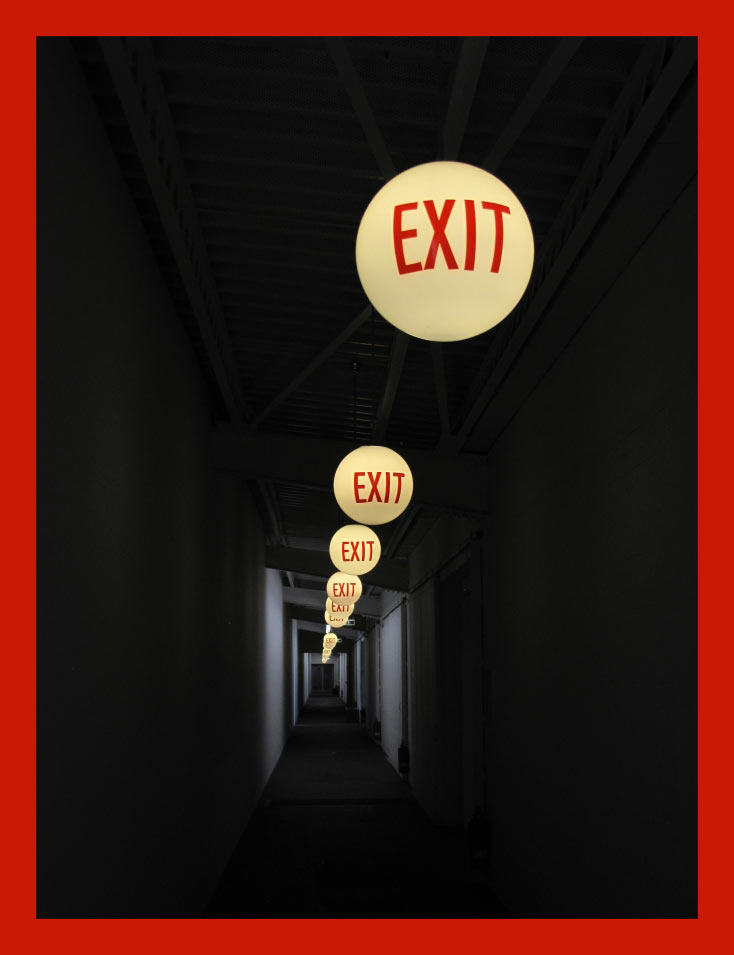Rossen Ventzislavov
About
Philosophy
Courses
Tools for students
Music
Architecture
Limits
Friends
Delivery
Interests and Research
I have a preference for pluralist philosophy that merits attention as much for its argumentative excellence as it does for its sensitivity to language, style, textuality and history. In my research and teaching I study the connections and the conditions of continuity between different philosophers. Contrary to the common expectation, philosophers do not exclusively engage each other’s arguments—they are also inevitably drawn to engage each other’s vocabularies, assumptions, histories, etc. In fact, it is only an artificial hope for philosophy that an argument can be cleanly separated from the elements of style, inheritance and assumption converging into the respective work. Wittgenstein’s proposal for “a cloud of philosophy condensed into a drop of grammar” represents the empty hope of such separation, a hope Wittgenstein himself gave up in his later work.
My dissertation tackles these issues by staging conceptual conversations between different philosophers. Some of the resulting juxtapositions (Moore and Wittgenstein, Searle and Derrida) are intuitive, while others (Bradley and Moore, Cavell and Wisdom) are less so. The immediate payoff of such encounters is that the relevant works are brought to bear on deep historical continuities—unless they are pluralistic from the start, they often shift from saying something to a specific intellectual cabal to saying many things to a larger audience. This work of philosophical restoration carries beyond my doctoral thesis. In my article “One of Deleuze’s Bergsonisms,” for example, I try to refocus Deleuze’s anti-psychoanalytic stance with the help of Bergson’s legacy.
My interest in aesthetics is a natural result of my appreciation of the arts. The questions of aesthetics I try to formulate and answer vary in their scope and application. Some of these questions arise from the history of the subject but a great many of them emerge from my frequent interactions with art and artists. One point of interest for me is artistic choice. In the context of art making, human agency is multi-dimensional—it is exercised through cognitive, physical, and expressive means. This opens the floodgates for various formal and material explorations and it is what, in my opinion, accounts for the artistic merit of curating. Another preoccupation of mine is art’s potential to carry philosophical meaning. I have studied this potential and the issues it raises in the context of literature, music and architecture. A recent concern has been the ethical landscapes that artworks forge and occupy. Each direct engagement with the arts—through my participation in an ongoing performance art group practice and various residencies and exhibits—provides me with practical reminders of the fragility of our time-worn ethical and aesthetic categories. Trust, for example, is often built and betrayed in the art context in ways, which defy traditional moral intuition. The strain this places on art and ethics, and the overlap thereof, is worth exploring philosophically. For more on some other ongoing interests, see Music and Architecture.
Selected Publications
“The Curator as Artist: Reply to Sue Spaid”
The Journal of Aesthetics and Art Criticism, Volume 74, Issue 1, Pages 91-95, January 2016"Building Privilege: Architecture and the Privacy Fetish"
Architecture_MPS, February 2015“Singing Nonsense”
New Literary History, Volume 45, issue 3, Pages 507-522, Summer 2014“Idle Arts: Reconsidering the Curator”
Journal of Aesthetics and Art Criticism, Volume 72, issue 1, Pages 83-93, March 2014“Fragments in Libeskind and Wittgenstein”
Contemporary Aesthetics, May 2012
“The Time is Now: Acceptance and Conquest in Pop Music”
Journal of Popular Music Studies, Volume 24, Issue 1, Pages 57–70, March 2012
“One of Deleuze’s Bergsonisms”
Deleuze Studies, Volume 5, Pages 340-357, November 2011
